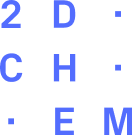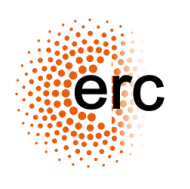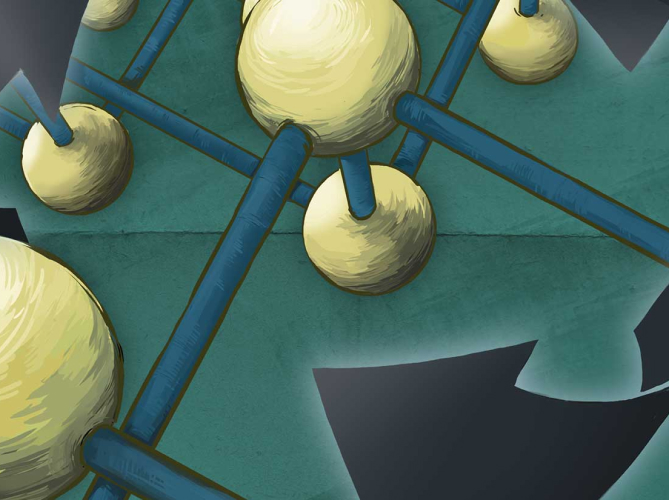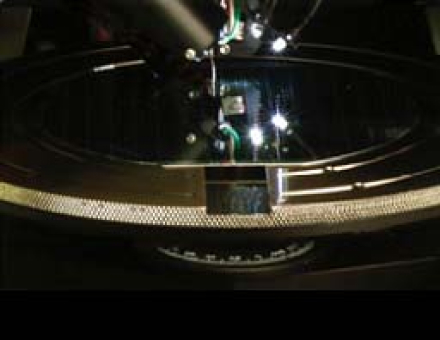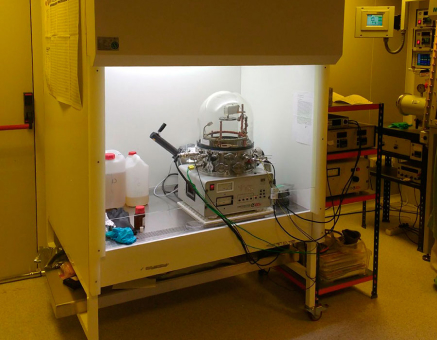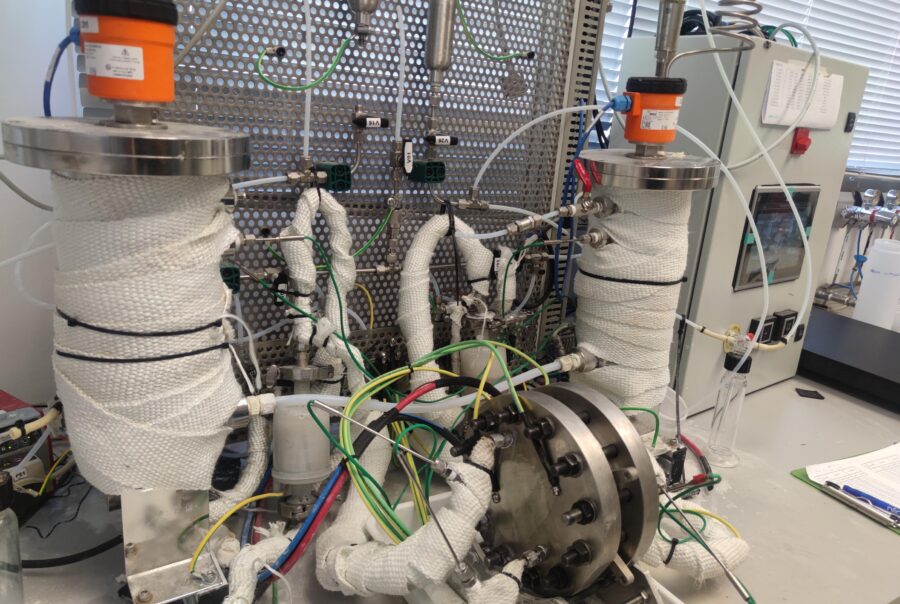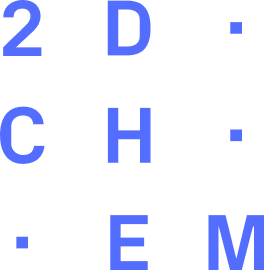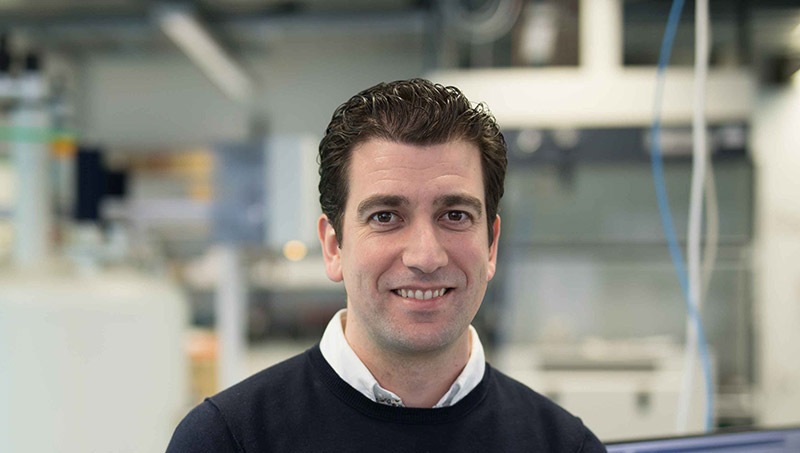2D-PnictoChem aims at exploring the Chemistry of a novel class of graphene-like 2D layered elemental materials of group 15, the pnictogens: P, As, Sb, and Bi. In the last few years, these materials have taken the field of Materials Science by storm since they can outperform and/or complement graphene properties. Their strongly layer-dependent unique properties range from semiconducting to metallic, including high carrier mobilities, tunable bandgaps, strong spin-orbit coupling or transparency.
However, the Chemistry of pnictogens is still in its infancy, remaining largely unexplored. This is the niche that 2D-PnictoChem aims to fill. By mastering the interface chemistry, we will develop the assembly of 2Dpnictogens in complex hybrid heterostructures for the first time. Success will rely on a cross-disciplinary approach combining both Inorganic- and Organic Chemistry with Solid-state Physics, including:
- Synthetizing and exfoliating high quality ultra-thin layer pnictogens, providing reliable access down to the monolayer limit.
- Achieving their chemical functionalization via both non-covalent and covalent approaches in order to tailor at will their properties, decipher reactivity patterns and enable controlled doping avenues.
- Developing hybrid architectures through a precise chemical control of the interface, in order to promote unprecedented access to novel heterostructures.
- Exploring novel applications concepts achieving outstanding performances. These are all priorities in the European Union agenda aimed at securing an affordable, clean energy future by developing more efficient hybrid systems for batteries, electronic devices or applications in catalysis.
The opportunity is unique to reduce Europe’s dependence on external technology and the PI’s background is ideally suited to tackle these objectives, counting as well on a multidisciplinary team of international collaborators.
Host Institution:
Universitat de València
Institute for Molecular Science
Research Team on Molecular Material
